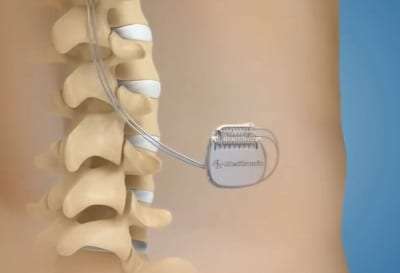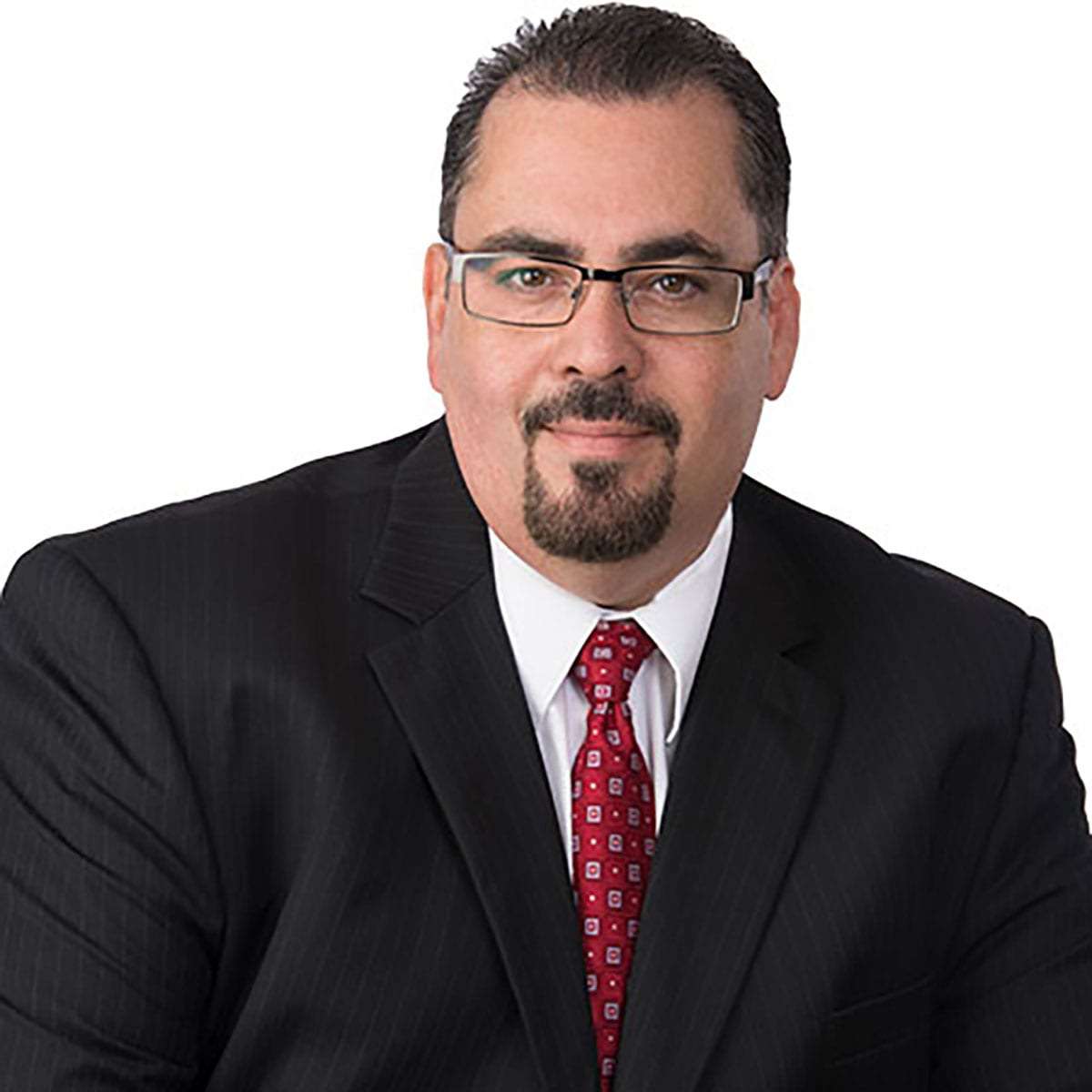 Chronic pain is any pain that lasts more than a few months. Some pain is a result of an underlying condition that cannot be cured; however, pain management treatments can help provide relief. Because of concerns about drug addiction and dependency, many patients prefer non-drug options for managing their chronic pain. Fortunately, there are many non-drug pain management options available.
Chronic pain is any pain that lasts more than a few months. Some pain is a result of an underlying condition that cannot be cured; however, pain management treatments can help provide relief. Because of concerns about drug addiction and dependency, many patients prefer non-drug options for managing their chronic pain. Fortunately, there are many non-drug pain management options available.
High-Tech, Non-Drug Pain Management Treatments
Numerous pain treatments are available at Novus Spine & Pain Center. As much as possible, we work with patients to implement non-drug pain management options, which are beneficial to having the highest quality of life.
Some of the most effective pain treatments are possible because of advances in technology. High-tech options not only relieve pain but may keep it from returning. Some of these options for relieving chronic pain include:
- Cold laser therapy. This procedure, also called low-level laser therapy, is FDA-approved to treat pain conditions. The cold laser emits pure light of a single wavelength that is absorbed into an injured area and may reduce inflammation and stimulate tissue repair.
- High-Frequency Spinal Cord Stimulation. A study in Anesthesiology found that spinal cord stimulation therapy can deliver effective pain relief without any unwanted side effects for patients suffering from chronic back pain.
- Neurostimulators. This treatment uses implanted electrodes to interrupt nerve signals. This does not cure what is causing the pain but stops the pain signals before they reach the brain. It can be used for back, neck, arm, or leg pain. Trials are currently underway to test their effectiveness on headaches.
- Pulsed Radiofrequency Sympathectomy (PRF). Like TENS, PRF can help prevent pain signals from reaching the brain. One study comparing TENS and PRS found both TENS and PRF lumbar sympathectomy promising in relieving the pain of diabetic peripheral neuropathy. The PRF treatment seems to work better for some patients.
- Radio waves. Radiofrequency ablation (RFA) involves inserting a needle next to the nerve causing the pain, and burning it using an electric current created by radio waves. This short-circuits the pain signal. The treatment helps with many types of pain, including arthritis and neuropathy. Research shows it can also ease lower back and hip pain. It can also help with knee and neck pain. Because nerves grow back, the procedure must be repeated; however, pain relief can last up to one year.
- Spinal cord stimulation (SCS). Also called neurostimulation, a pacemaker-like device implanted in the lower back replaces pain with a more tolerable sensation, typically a tingling or massage-like feeling from tiny wires placed in the spinal canal. The patient uses a remote control to send pain-relieving signals to the painful area. This technique can help with back pain as well as neuropathy. Newer forms of SCS show promise in relieving pain without the tingling.
- Transcutaneous electrical nerve stimulation (TENS). This technique employs a very mild electrical current to block pain signals from reaching the brain. Unlike SCS, the stimulator attaches to the skin with small sticky pads attached via wires to a battery-operated device. TENS deals more with nerves than the spine. Although safe and painless, TENS doesn’t work for everyone, or for all types of pain.
- Ultrasound. This therapy directs sound waves into tissue. It is sometimes used to improve blood circulation, decrease inflammation, and promote healing.
Physical Therapy and Occupational Therapy
Physical therapy (PT) focuses on reducing pain through a regular exercise program that incorporates flexibility, aerobic, and strengthening exercises. PT focuses on proper body mechanics, using muscles and joints correctly to limit pain. Even with pain, movement is important. Movement helps with recovery and can help prevent acute pain from becoming chronic pain.
Physical therapists tailor a specific exercise program to the patient’s physical condition and goals. The therapy may also include non-exercise treatments, such as ultrasound, heat or ice therapy, massage, and assistive devices to help reduce pain.
Occupational therapy provides the patient with skills and strategies to help manage pain, so it interferes less with daily life. This allows the patient to engage in normal activities, even if complete pain relief is not possible. Sometimes, simple changes can be made in the work or home environment to make routine tasks easier.
Occupational therapists may suggest using simple assistive tools to help compensate for skills that may be impaired by chronic pain or a disability. There are a range of assistive devices that can help support painful joints, relieve the pressure on irritated nerves, and soothe aches and pains as well as make routine tasks less painful. The assistive devices can include splints, braces, canes, crutches, walkers, shoe orthotics (inserts), and even a jar opener.
Other Non-Drug Pain Management Options
Many patients find relief from chronic pain with non-drug therapies. Often used in combination with physical or occupational therapy, these options include:
- Acupuncture. A technique involving the insertion of extremely fine needles into the skin at specific points on the body to interrupt pain signals. It is believed this action releases endorphins, the body’s natural pain-killing chemicals. It may also influence serotonin levels.
- Acupressure. Similar to acupuncture, acupressure relies on fingers, hands, and elbows to administer pressure. This ancient technique is thought to help restore a healthy flow of energy through the body by stimulating specific meridian points.
- Biofeedback. A study on the psychological assessment and treatment of neuropathic pain conditions (including diabetic peripheral neuropathy) found it is likely that cognitive-behavioral interventions improve the quality of life in neuropathic pain conditions. This is a machine-assisted technique to help patients learn to control their own body responses, including pain.
- Chiropractic. Chiropractors try to correct the body’s alignment to relieve pain, improve function, and help the body heal itself. This is often just as effective, if not more, than medication. It is also free of side effects.
- Cold and heat. Cold can be useful immediately after an injury to relieve pain, decrease inflammation and muscle spasms, and help speed recovery. The application of heat raises the patient’s pain threshold and helps to relax muscles.
- Exercise. Research shows that staying active is especially important for patients with chronic pain. Staying physically active, despite some pain, can be helpful for people with some of the more common pain conditions, including low back pain, arthritis, and fibromyalgia. Low-impact exercise helps improve mobility and functionality.
- Hypnosis. Scientists say hypnosis seems to block nerve pain receptors in the brain and helps control the pain.
- Massage. For some patients, massage is as effective, if not more effective, than medications. Therapeutic massage may help relieve pain by relaxing painful muscles, tendons, and joints while reducing stress and anxiety. Massage is safe and free of side effects.
- Shiatsu. A type of finger pressure therapy that massages and applies pressure along energy lines in the body. The shiatsu therapist applies pressure with their fingers, thumbs, and elbows.
- Topical pain relievers. These creams, ointments, and patches are applied to the skin. They may be used instead of, or in addition to, other treatments for osteoarthritis and musculoskeletal pain. The most common ingredients found in these creams, ointments, and patches available without a prescription include:
- Counter-irritants (menthol and camphor, for example) create a burning cooling sensation.
- Salicylates (the same ingredients that give aspirin its pain-relieving power) in creams that when absorbed may help relieve pain.
- Capsaicin (the main ingredient in hot chili peppers) is one of the most effective ingredients for topical pain relief. A multicenter study found that topical 0.075% capsaicin cream can be effective in relieving pain associated with diabetic neuropathy. Side effects may include a burning feeling and skin irritation; however, the study found capsaicin safe and effective.
- Weight loss. Many painful health conditions are worsened by excess weight. Losing weight, therefore, can help relieve some kinds of pain.
- Yoga and tai chi. These mind-body and exercise practices incorporate breath control, meditation, and movements to stretch and strengthen muscles. They may help with chronic pain conditions such as fibromyalgia, low back pain, arthritis, or headaches.
Other Alternative Non-Drug Pain Management Options
Depending on a patient’s specific situation, these alternative non-drug pain management options may be helpful:
- Cognitive Behavioral Therapy (CBT). Patients learn to perceive less pain with CBT, which focuses on how they feel and react to pain. CBT may use relaxation techniques as well as strategies to maintain a positive attitude.
- Psychological counselors help patients view their pain differently. This therapy can help the patient develop better coping skills and feel more in control. Relaxation techniques such as meditation may be useful to help manage tension and stress which can exacerbate pain.
- Support groups provide access to other people facing similar situations. Together, the group shares concerns and coping strategies they have discovered.
While there may not be a cure for many forms of chronic pain, there are alternative treatments that do not involve drugs. The goal of Novus Spine & Pain Center is to make it possible for patients to participate more fully in life despite chronic pain.
Novus Spine & Pain Center
Dr. Torres established Novus Spine & Pain Center in Lakeland, Florida with a goal of providing the highest quality pain management care to every patient. Whether pain is the result of an injury or from another condition, Dr. Torres offers many different treatment options.
Novus Spine & Pain Center utilizes a comprehensive approach and cutting-edge therapies to restore normal function and allow patients to regain an active lifestyle while minimizing the need for opiates. As our patient, you are our top priority. Our goal is to help you achieve the best possible quality of life.
Our Mission Statement: To provide the best quality of life to people suffering from pain, by providing state of the art treatments, knowledge and skill, compassion, and respect for all.
For your convenience, you may schedule an appointment online, request a call back, or call our office at 863-583-4445.
Title Resources
Pain rehabilitation: Nondrug Options for Managing Chronic Pain (Mayo Clinic)
Chronic Pain Relief: New Treatments (WebMD)
Non-opioid options for managing chronic pain (Harvard Medical School)
Opiate Alternatives: Doctor’s Got a Brand New Bag (American Addiction Centers)
Topical Pain Relief: Creams, Gels, and Rubs (WebMD)
Updated: August 10, 2021

